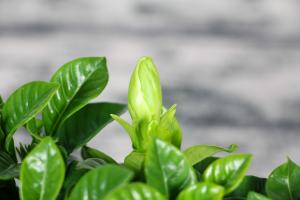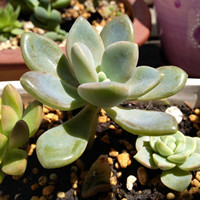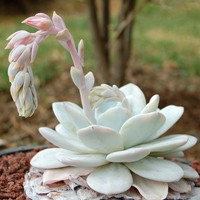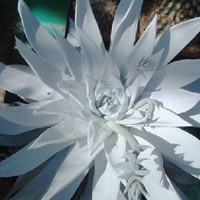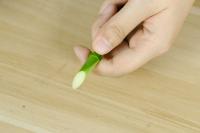Introduction
Tomatoes are one of the most beloved garden vegetables. They are versatile, tasty, and easy to grow. However, many tomato gardeners struggle with the question of how far apart to space their tomato plants. In this article, we will explore the different factors that affect tomato plant spacing and provide guidance on how to properly space your tomato plants.
The Importance of Proper Spacing
Proper spacing is essential for the healthy growth of tomato plants. If they are too close together, they will compete for light, water, and nutrients, and they may become stunted or diseased. Conversely, if they are too far apart, they may not be able to support each other as they grow, and they may be susceptible to wind damage or insect attack. Therefore, it is crucial to find the right balance of spacing that will promote optimal growth and yield.
Factors That Affect Spacing
There are several factors that will influence the spacing of your tomato plants:
Variety: Some tomato varieties, such as indeterminate types, can grow quite tall and bushy, while others, such as determinate types, tend to stay compact. Indeterminate varieties may require wider spacing to allow for their size, while determinate varieties can be planted closer together.
Growing Conditions: The amount of sun, water, and nutrients your plants receive will affect their growth rate and size. Plants that receive optimal growing conditions may need more space than those that are stressed or struggling.
Support: Tomato plants that are grown with support, such as stakes or trellises, may be able to be spaced closer together than plants that are allowed to sprawl on the ground.
Desired Yield: The number of tomato fruits you want to harvest from each plant will dictate how much space they need. If you want larger fruits, you may need to space plants farther apart than if you are satisfied with smaller fruits.
Recommended Spacing
Based on the above factors, the general rule of thumb is to space tomato plants 18 to 36 inches apart, with rows spaced 3 to 4 feet apart. However, there are some variations to this rule:
Determinate varieties can be spaced as close as 12 to 18 inches apart in rows spaced 2 to 3 feet apart.
Indeterminate varieties may need as much as 4 to 5 feet of spacing between plants, especially if they are grown with support.
If you are planting in raised beds, you may want to use a wider plant spacing of 3 to 4 feet apart to allow for good air circulation and prevent overcrowding.
It is also important to consider the depth of planting. Tomato plants should be transplanted deeper than they were originally grown to promote good root development. The top leaves should be just above the soil line, while the stem is buried deep enough to promote root growth.
Conclusion
Tomato plant spacing is crucial for the healthy growth and yield of your garden. By considering factors such as variety, growing conditions, support, and desired yield, you can find the right balance of spacing for your plants. Remember to transplant them deeply and provide them with optimal growing conditions to ensure a successful harvest.

 how many times do yo...
how many times do yo... how many planted tre...
how many planted tre...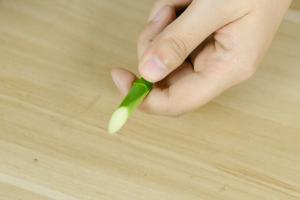 how many pine trees ...
how many pine trees ... how many pecan trees...
how many pecan trees... how many plants comp...
how many plants comp... how many plants can ...
how many plants can ... how many plants and ...
how many plants and ... how many pepper plan...
how many pepper plan...
